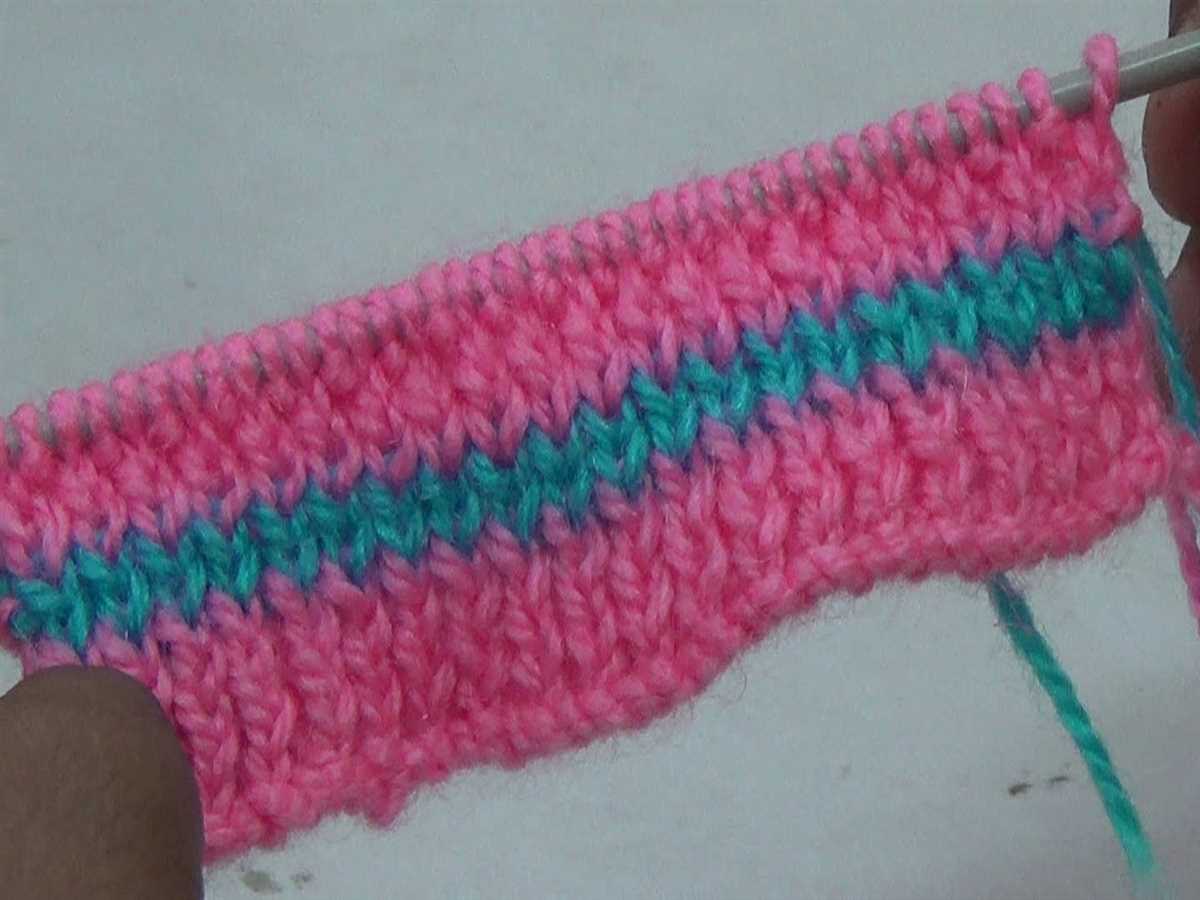
Knitting is a popular craft that allows individuals to create warm and stylish garments, accessories, and home décor items. One technique that adds interest and versatility to knitting is two-sided knitting patterns.
Two-sided knitting patterns, also known as reversible knitting patterns, are designs that look identical on both sides of the fabric. This means that the finished project can be worn or displayed from either side, giving it a unique and seamless appearance. Unlike traditional knitting patterns that have a right side and a wrong side, two-sided patterns are reversible, making them ideal for scarves, blankets, and other items where both sides will be visible.
There are various techniques that can be used to create two-sided knitting patterns, including double knitting, slip stitch patterns, and fair isle knitting. These techniques involve using multiple yarn colors, slipping stitches, or purling on the right side to create intricate and reversible designs. Two-sided knitting patterns are not only visually appealing, but they also add thickness and warmth to the fabric, making them perfect for winter garments and blankets.
Why Two Sided Knitting Patterns Are the New Trend in Knitting
Knitting has always been a popular craft, but recently, there has been a surge in interest in two-sided knitting patterns. This new trend has captivated knitters of all skill levels, and for good reason. Two-sided knitting allows for more creativity and versatility in design, making it an exciting challenge for knitters to tackle.
One of the main reasons why two-sided knitting patterns are gaining popularity is that they offer a unique way to showcase intricate designs and patterns. Unlike traditional knitting, where only one side of the fabric is visible, two-sided knitting allows for different patterns to be displayed on each side. This opens up a whole new world of possibilities for knitters to experiment with colorwork, texture, and stitch patterns.
Furthermore, two-sided knitting patterns offer a practical advantage as well. The resulting fabric is double-layered, making it thicker and warmer than regular knitting. This makes it perfect for winter accessories such as scarves, hats, and mittens, providing extra insulation against the cold weather.
Another reason why two-sided knitting patterns are gaining traction is the challenge they present to knitters. Knitting two-sided patterns requires careful attention to detail, as mistakes on one side can affect the overall appearance of the design. This adds an element of complexity and satisfaction when successfully completed, making it a rewarding endeavor for knitters looking to push their skills to the next level.
In conclusion, the rise in popularity of two-sided knitting patterns can be attributed to their ability to showcase intricate designs, their practicality in creating warm winter accessories, and the challenge they present to knitters. Whether you’re an experienced knitter or just starting out, exploring the world of two-sided knitting is a great way to add depth and creativity to your projects.
The Basics of Two Sided Knitting Patterns
Two sided knitting patterns, also known as reversible knitting patterns, offer the unique advantage of creating a finished product that looks great from both sides. This means that the front and back of the item will have an equally attractive appearance, making it versatile and practical for various uses.
One of the key techniques used in two sided knitting patterns is called double knitting. Double knitting involves knitting two layers of fabric at the same time, creating a reversible fabric with no visible wrong side. It is achieved by alternating between two colors of yarn and working each stitch with both colors, resulting in a dense and warm fabric, perfect for items like scarves, blankets, and accessories.
How to Start with Two Sided Knitting Patterns
To start with two sided knitting patterns, it is essential to understand the basics of double knitting. This includes knowing how to cast on and work with two colors of yarn simultaneously, as well as understanding the concept of reading and following a two sided knitting pattern.
When working on a two sided knitting pattern, it is crucial to pay attention to the pattern instructions, as they may specify different techniques for each side of the fabric. This could include using different colors, stitch patterns, or even different stitch counts. Following the pattern carefully will help ensure that both sides of the finished project look identical and visually appealing.
- Choose the right yarn: When selecting yarn for a two sided knitting project, it is important to choose a yarn that is of the appropriate weight and composition for the desired end result. Consider factors such as drape, warmth, and stitch definition when making your selection.
- Carefully plan your colors: Since both sides of the fabric are visible in two sided knitting, it is important to carefully plan your color choices. Consider how the colors will interact and contrast with each other, and how they will create different effects on each side of the fabric. Experiment with different color combinations to achieve your desired look.
- Practice tension: Tension is important in two sided knitting to ensure that both sides of the fabric have an even appearance. Practice maintaining consistent tension with both colors of yarn to avoid any unevenness or puckering in the fabric.
Once you have mastered the basics of two sided knitting patterns, you can explore more advanced techniques and create intricate designs that will impress both the knitter and the observer. So grab your needles, choose your colors, and get ready to create beautiful reversible knits!
What Are Two Sided Knitting Patterns?
Two sided knitting patterns, also known as reversible knitting patterns, are designs that look the same on both sides of the fabric. Unlike traditional knitting patterns that have a distinct right side and wrong side, two sided knitting patterns create a seamless and uniform look on both sides, making the finished product versatile and aesthetically appealing.
One common type of two sided knitting pattern is the double knitting technique, which involves working with two strands of yarn at the same time to create a fabric with two distinct layers. The front and back sides of the fabric have the same design, but the colors may differ. This technique allows for intricate colorwork and patterns, and the resulting fabric is thick and warm, ideal for items like scarves, blankets, and hats.
Benefits of Two Sided Knitting Patterns
One of the main advantages of using two sided knitting patterns is the versatility they offer. With reversible designs, you can choose which side you want to show, allowing you to change the look of the item without actually flipping it inside out. This is particularly useful for items like shawls, where you might want to showcase different colors or patterns depending on your outfit or mood.
Additionally, two sided knitting patterns often result in thicker and warmer fabrics due to the double layer created by the technique. This makes them ideal for cold weather accessories like scarves, cowls, and mittens. The double layer also adds durability to the fabric, making it less likely to stretch or snag over time.
Furthermore, by utilizing two sided knitting patterns, you can create intricate colorwork and patterns that look stunning from both sides. This adds an extra level of complexity and visual interest to your projects, making them truly unique and eye-catching.
Conclusion
Two sided knitting patterns provide a range of benefits, from their versatility in design to the warmth and durability of the finished products. Whether you choose to use the double knitting technique or other methods to achieve reversible designs, incorporating two sided knitting patterns into your projects can elevate your knitting skills and create beautiful, functional items.
Why Knitters Love Two Sided Knitting Patterns
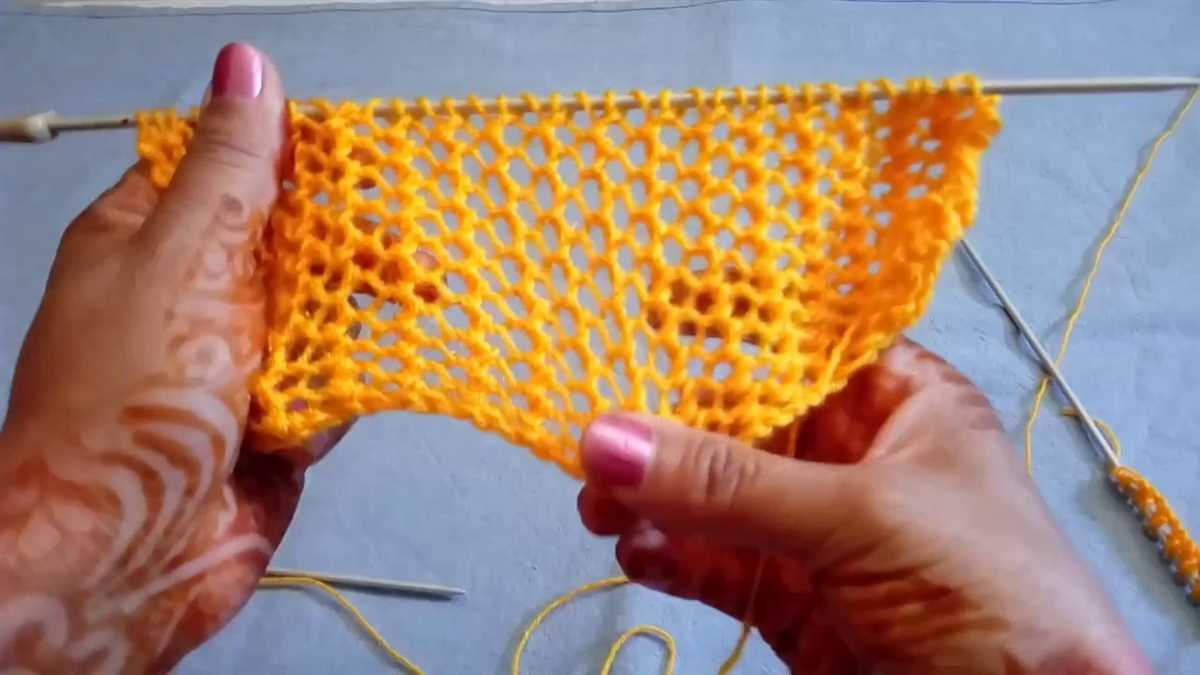
Knitting has always been a beloved pastime for many people around the world. Whether you’re an experienced knitter or just starting out, there is something magical about creating beautiful patterns with just a set of needles and some yarn. One type of knitting pattern that has gained popularity in recent years is two sided knitting patterns. These patterns offer a unique and versatile way to create stunning designs that look beautiful from both sides.
One of the main reasons why knitters love two sided knitting patterns is the double-sided nature of the finished product. Typically, knitting creates a right side and a wrong side, with the wrong side often being less visually appealing. However, with two sided knitting patterns, both sides of the fabric look equally beautiful. This means that the finished product can be worn or displayed with either side facing out, giving the knitter more options for how to use their creations.
Another reason why knitters love two sided knitting patterns is the challenge they offer. Knitting can sometimes become repetitive, with the same stitches being repeated over and over. Two sided knitting patterns often incorporate more complex stitches and techniques, which keeps the knitter engaged and excited about their project. This challenge not only makes the knitting process more enjoyable, but also helps knitters improve their skills and learn new techniques.
Furthermore, two sided knitting patterns allow for more creativity and customization. Knitters can choose different colors or types of yarn for each side of the fabric, creating a unique and personalized look. They can also experiment with different stitch patterns or combine various textures to add depth and interest to their designs. This level of customization is one of the reasons why many knitters are drawn to two sided knitting patterns.
In conclusion, two sided knitting patterns offer a fresh and exciting way for knitters to create beautiful garments and accessories. The double-sided nature of these patterns, along with the challenge and creativity they provide, makes them a favorite among knitting enthusiasts. Whether you’re looking to experiment with new techniques or showcase your knitting skills, two sided knitting patterns are sure to keep you engaged and inspired.
How to Read and Understand Two Sided Knitting Patterns
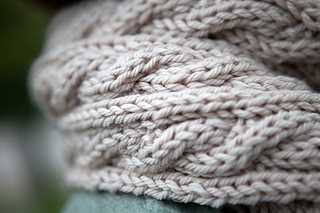
Reading and understanding two-sided knitting patterns can seem daunting at first, especially if you’re new to knitting or have only worked with one-sided patterns before. However, with a little practice and attention to detail, you can quickly become familiar with these patterns and enjoy creating beautiful two-sided knitted projects.
1. Pay Attention to the Key: The key or legend included in the pattern is your guide to understanding the symbols and abbreviations used throughout the pattern. Take the time to study it carefully before you begin, and refer back to it as needed. This will help you identify the different stitches and techniques required for the project.
2. Follow the Chart or Written Instructions: Two-sided knitting patterns typically provide either a chart or written instructions, or sometimes both. If there is a chart, familiarize yourself with how to read it. Each square in the chart represents a stitch, and the symbols within the square indicate the type of stitch to be worked. Written instructions will guide you step-by-step through the pattern.
3. Identify the Right and Wrong Sides: Unlike one-sided knitting patterns, two-sided patterns require you to work on both the right and wrong sides of the fabric. Pay attention to the pattern instructions to determine when to switch between the two sides. It can be helpful to use stitch markers or different-colored yarn to mark the right and wrong sides so that you don’t get confused.
4. Take Note of Repeats and Pattern Sections: Two-sided knitting patterns often include repeated sections or motifs. Pay attention to any instructions regarding repeats and make sure you understand how they work. This will help you maintain an even pattern throughout your project and avoid any mistakes.
5. Practice and Patience: Reading and understanding two-sided knitting patterns takes practice, so don’t be discouraged if it feels overwhelming at first. Start with simpler patterns and gradually work your way up to more complex ones. With time and patience, you’ll become more comfortable with deciphering these patterns and creating stunning two-sided knitted pieces.
Decoding Symbols and Abbreviations in Two Sided Knitting Patterns
When working with two sided knitting patterns, it is essential to understand and interpret the symbols and abbreviations used in the pattern. These symbols and abbreviations are the language of knitting patterns and can provide critical information about the stitches and techniques required to create the desired design. By familiarizing yourself with these symbols and abbreviations, you can confidently tackle any two sided knitting pattern and bring your project to life.
Symbols: Two sided knitting patterns often use various symbols to represent specific stitches or techniques. For example, a blank square might represent a knit stitch on the right side of the work, while a dot might represent a purl stitch on the wrong side. Other symbols might indicate increases or decreases, color changes, or specific stitch patterns. It is important to carefully read the legend or key provided in the pattern to understand what each symbol means.
Abbreviations: Knitting patterns are known for their abundance of abbreviations, and two sided knitting patterns are no exception. These abbreviations are shorthand codes that represent specific stitches or actions. For example, “k” might stand for knit, “p” for purl, and “yo” for yarn over. By familiarizing yourself with the common knitting abbreviations, you can easily follow the instructions in the pattern without constantly referring back to the legend or key.
Reference Charts: Some two sided knitting patterns may also include reference charts that provide a visual representation of the pattern. These charts use symbols and abbreviations to depict each stitch or technique and can be particularly helpful for more complex patterns. By comparing the symbols and abbreviations in the chart with those in the pattern, you can better understand how to create the desired design.
Take Your Time: Decoding symbols and abbreviations in two sided knitting patterns may seem overwhelming at first, but with practice, it becomes easier. Take your time to carefully read through the instructions, refer to the legend or key, and use any provided reference charts. If you come across a symbol or abbreviation that you’re unfamiliar with, take the time to look it up or ask for guidance. By understanding and interpreting these symbols and abbreviations, you can confidently tackle any two sided knitting pattern and create beautiful, intricate designs with ease.
Following Charts and Written Instructions in Two Sided Knitting Patterns
Two sided knitting patterns can create beautifully reversible garments and accessories, but they can also be a bit challenging to follow. These patterns typically involve knitting different patterns or motifs on each side of the fabric, requiring the knitter to pay close attention to both the written instructions and the accompanying charts.
When working with a two sided knitting pattern, it is important to familiarize yourself with both the written instructions and the chart. The written instructions will provide you with step-by-step guidance on how to create each stitch or pattern on both sides of the fabric. It is essential to read these instructions carefully and make sure you understand them before picking up your needles.
In addition to the written instructions, the chart will give you a visual representation of the pattern. Charts use symbols or color-coding to represent different types of stitches and patterns. These symbols are typically explained in a key or legend that accompanies the chart. It is crucial to refer to the key and understand the symbols before starting your project.
As you work on a two sided knitting pattern, it is helpful to have both the written instructions and the chart in front of you. Some knitters prefer to follow the written instructions row by row, while others find it easier to work from the chart. Both methods have their advantages, and it ultimately comes down to personal preference.
Following charts and written instructions in two sided knitting patterns requires concentration and attention to detail. However, once you get the hang of it, you can create stunning reversible pieces that are sure to impress. Take your time, familiarize yourself with the instructions and the chart, and enjoy the process of creating beautiful, two sided knits.
Understanding the Logic of Two Sided Knitting Patterns
Knitting patterns are a great way to create beautiful and unique pieces of clothing or accessories. One type of pattern that adds an extra level of interest and complexity is the two-sided knitting pattern. These patterns are designed to create two distinct sides on the finished piece, allowing you to show off different colors or stitch patterns on each side.
The logic behind two-sided knitting patterns lies in the way the stitches are worked. Instead of simply knitting or purling across the row, these patterns often require you to work different stitch combinations on each side. For example, you might knit one row and purl the next on one side, while on the other side you might purl one row and knit the next. This alternating pattern creates a reversible fabric that looks great from both sides.
When following a two-sided knitting pattern, it’s important to pay attention to the instructions. The pattern will usually indicate which stitch combinations to use for each side, and it may also provide a chart or written instructions to help you keep track of where you are in the pattern. It’s a good idea to read through the entire pattern before starting, so you have a clear understanding of how the two sides will come together.
Another important factor to consider when working with two-sided knitting patterns is the choice of yarn. Since both sides of the fabric will be visible, you’ll want to use a yarn that looks good from both sides. Solid or semi-solid colors often work best, as they don’t have a definite “right” or “wrong” side. Additionally, using a yarn with good stitch definition will help the stitch patterns stand out on both sides.
- One of the benefits of two-sided knitting patterns is their versatility. Depending on the pattern, you can create scarves, blankets, hats, or even garments that can be worn inside out for a different look. This makes them a great choice for those who like to experiment with different styles and designs.
- If you’re new to two-sided knitting patterns, it’s a good idea to start with a simple project. A scarf or a dishcloth can be a great way to practice the different stitch combinations and get a feel for how the fabric behaves. Once you’re comfortable with the technique, you can move on to more complex projects.
In conclusion, two-sided knitting patterns offer an exciting and creative way to add depth and interest to your knitted projects. By understanding the logic behind these patterns and paying attention to the instructions, you can create unique and reversible pieces that are sure to impress.
Tips and Tricks for Successfully Working with Two Sided Knitting Patterns

Two sided knitting patterns can be a fun and challenging way to create unique and reversible designs. However, they can also be a bit more complicated to work with compared to traditional knitting patterns. Here are some tips and tricks to help you successfully navigate two sided knitting patterns:
1. Use stitch markers:
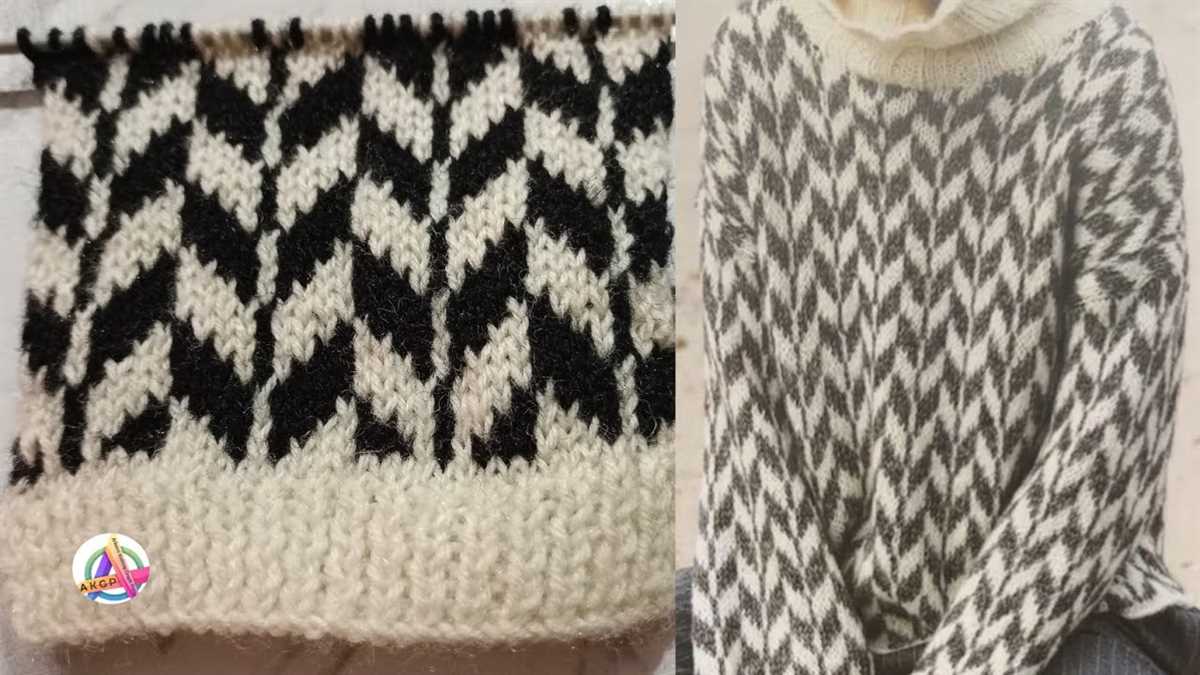
Stitch markers are an essential tool when working with two sided knitting patterns. They can help you keep track of different sections and repeats, making it easier to follow the pattern and avoid mistakes. Place stitch markers at the beginning and end of each repeat, as well as any specific points indicated in the pattern.
2. Pay attention to the right and wrong sides:
With two sided knitting patterns, it’s important to differentiate between the right side (RS) and wrong side (WS) of your work. Take the time to carefully read and understand the pattern instructions for each side. Keep track of which row you’re on for each side, as they may not always be worked in the same order or with the same stitches.
3. Use separate balls of yarn for each side:
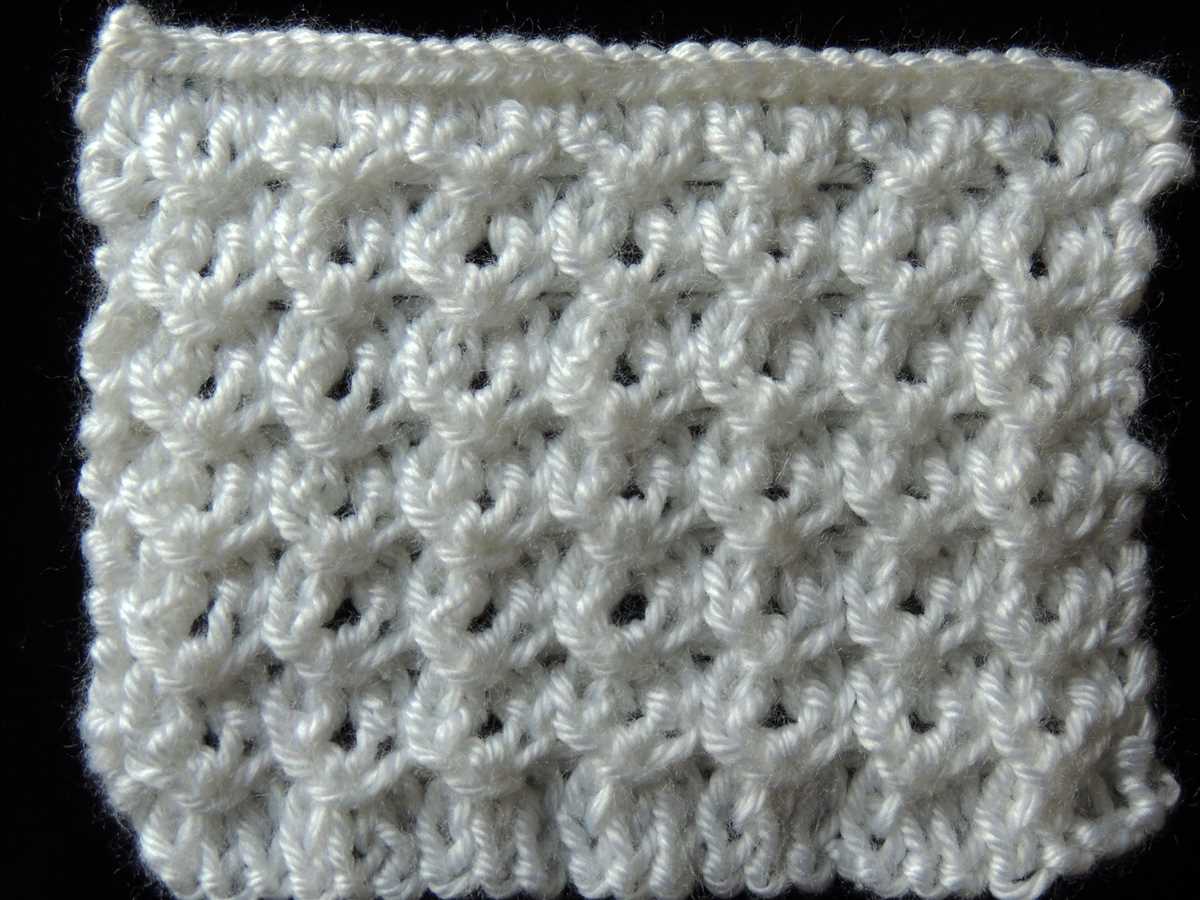
In order to maintain the reversibility of the design, it’s recommended to use separate balls of yarn for each side of the work. This can help avoid any confusion or tangling of yarn when switching between the RS and WS. If there are sections where both sides are worked simultaneously, use a different color yarn for each side to help differentiate them.
4. Check your gauge and tension:

As with any knitting project, it’s important to check your gauge and tension before diving into a two sided knitting pattern. Since these patterns often involve different stitches and techniques on each side, it’s crucial to ensure your tension is consistent to maintain the desired size and appearance of the finished piece.
5. Take it one row at a time:
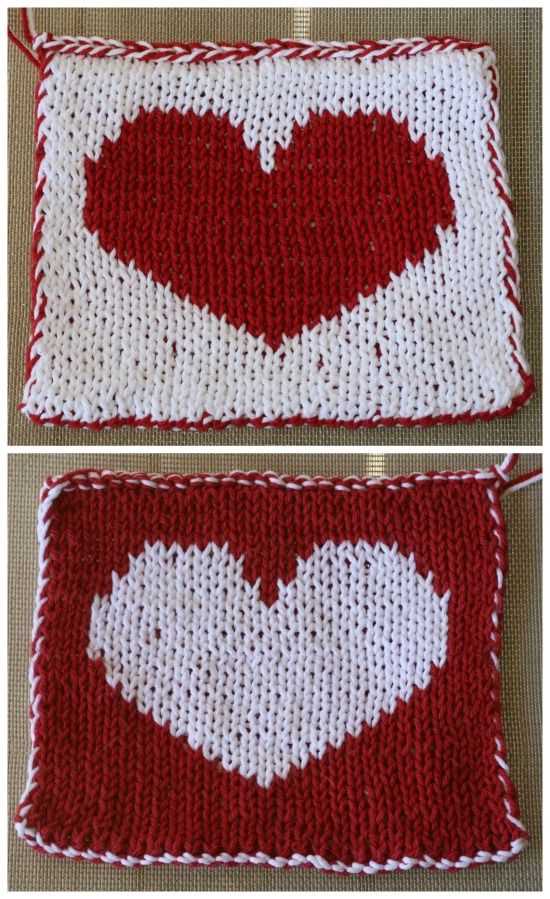
Two sided knitting patterns can sometimes be overwhelming due to the complexity and multiple instructions for each side. To avoid confusion, break the pattern down into smaller steps and focus on one row at a time. Read the instructions carefully and double check each stitch before moving on to the next row. Take your time and don’t rush the process.
By following these tips and tricks, you’ll be well-equipped to tackle any two sided knitting pattern with confidence and create beautiful, reversible designs.
Choosing the Right Yarn for Two Sided Knitting Patterns
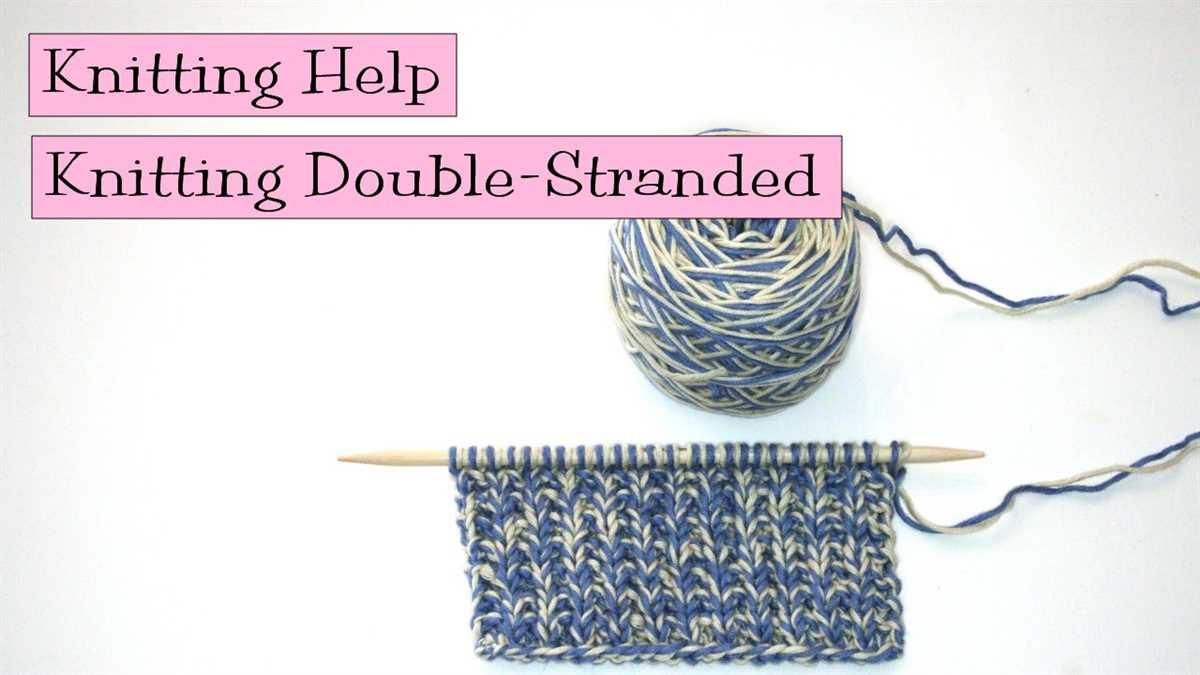
When it comes to two-sided knitting patterns, selecting the right yarn is crucial to achieve the desired results. The yarn you choose should be suitable for both sides of the project, as both sides will be visible and equally important. Here are some factors to consider when selecting the yarn for two-sided knitting patterns.
1. Fiber Content:
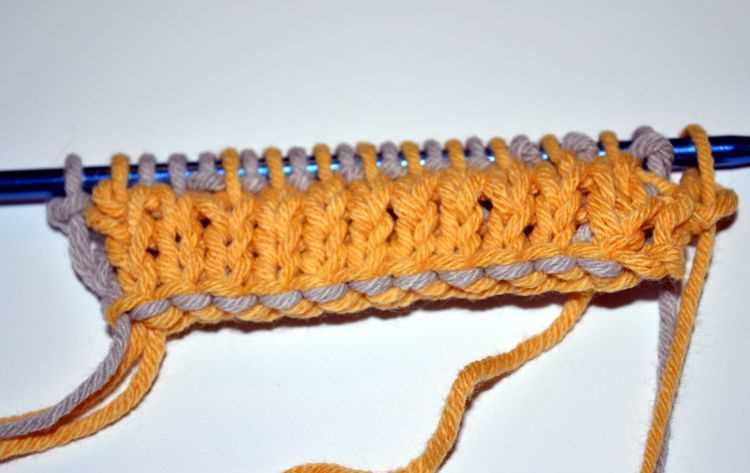
The choice of fiber content will have a significant impact on the drape, warmth, and overall appearance of the knitted item. Natural fibers like wool, alpaca, and cotton are popular choices, as they provide good stitch definition and durability. Additionally, these fibers offer breathability and comfort, making them ideal for various weather conditions. However, synthetic fibers such as acrylic or nylon can also work well, especially when looking for a more affordable or machine-washable option.
2. Weight and Thickness:
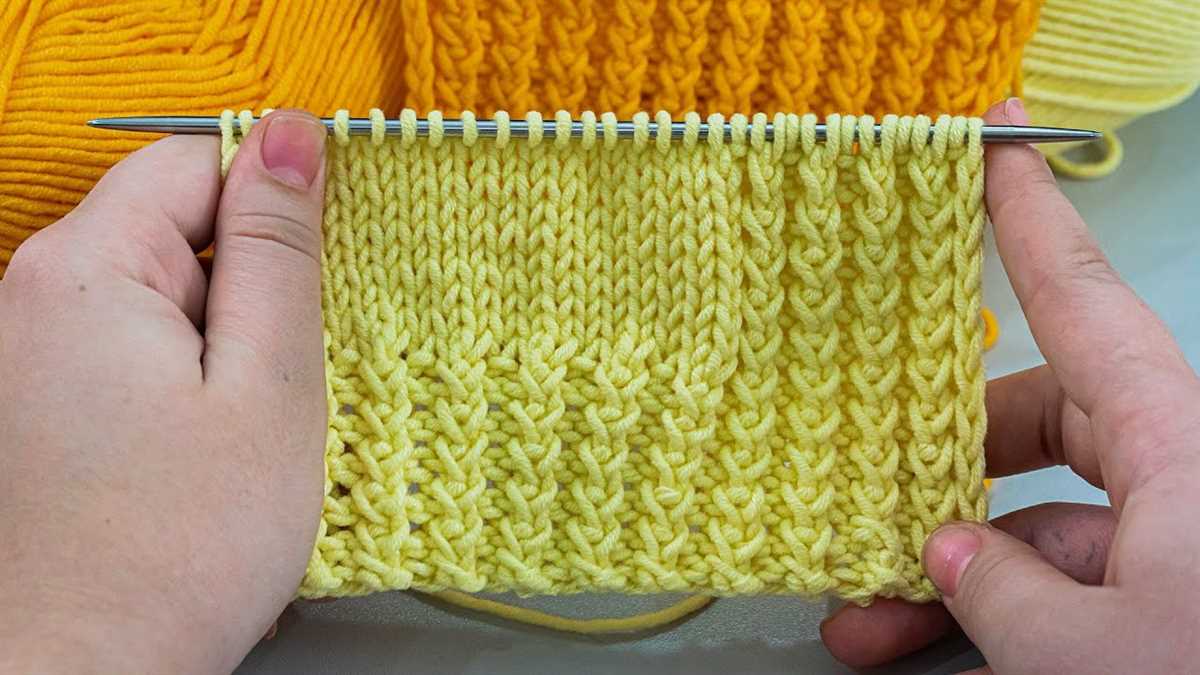
The weight and thickness of the yarn are important considerations, as they determine the overall look and feel of the knitted item. Thicker yarns will create a more prominent texture, while thinner yarns will result in a more delicate and intricate design. It is essential to choose a yarn weight that matches the project’s requirements and complements the stitch pattern on both sides.
3. Color and Design:

The color and design of the yarn can significantly impact the visual appeal of two-sided knitting patterns. Solid-colored yarns are commonly used to showcase intricate stitch patterns, as they allow the texture to stand out. Variegated or self-striping yarns can add depth and dimension to the design, but it is important to ensure that the colors and patterns on both sides complement each other and do not clash. Swatching the yarn before starting the project can help in determining how the colors will interact.
By considering these factors and taking the time to choose the right yarn, you can enhance the beauty and functionality of your two-sided knitting projects. Whether you’re creating reversible scarves, blankets, or garments, selecting the perfect yarn will ensure that both sides of your work are equally impressive.
Managing Multiple Colors in Two Sided Knitting Patterns
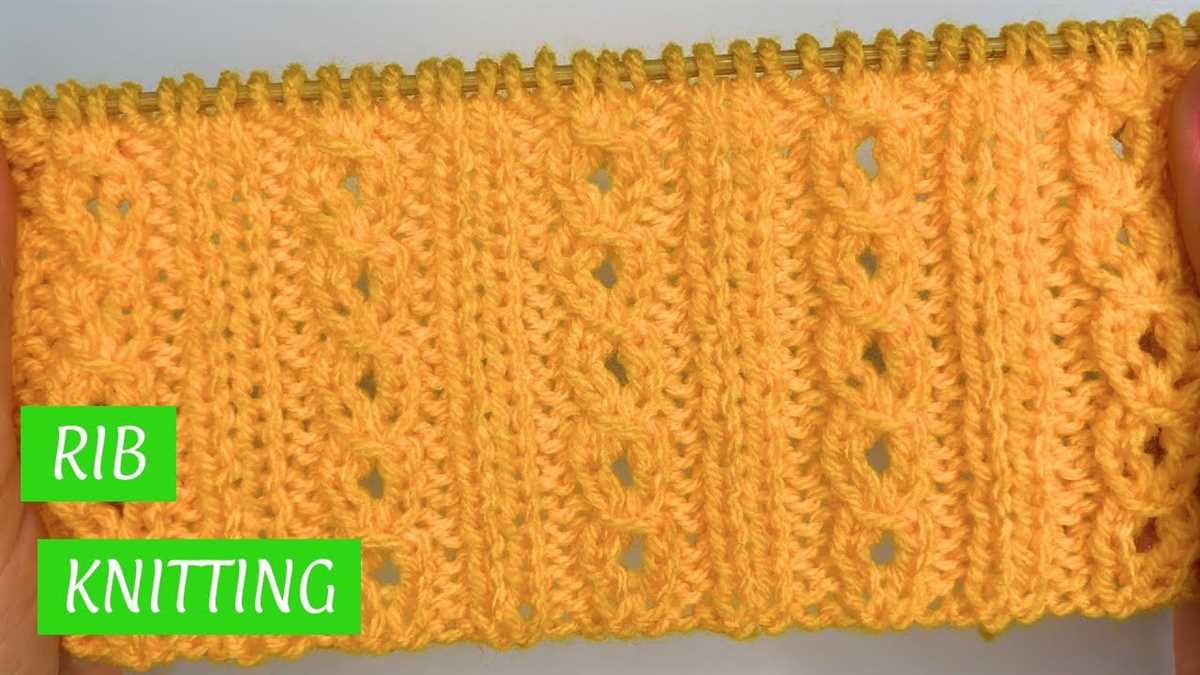
When working with two-sided knitting patterns that involve multiple colors, it is important to have a plan in place to manage the color changes effectively. Whether you are working on a fair isle design or creating a reversible blanket, keeping track of the colors can be crucial to achieving a balanced and visually appealing result.
Color charts: One way to keep track of the different colors in a two-sided knitting pattern is to use a color chart. A color chart is essentially a visual representation of your pattern that shows each stitch with its corresponding color. By referencing the color chart as you work, you can easily see which color to use for each stitch or row, ensuring that you are consistently following the correct pattern.
Carrying yarn: When working with multiple colors, it is common to carry the unused yarn along the back of the work. This means that you do not need to cut and rejoin the yarn for each color change, which can save time and reduce the number of ends to weave in later. However, it is important to be mindful of how tightly you carry the yarn, as pulling it too tightly can cause the work to pucker and distort the stitches. A good rule of thumb is to carry the yarn loosely enough so that it does not pull on the stitches, but not so loose that it creates gaps in the fabric.
- Twisting yarn: When switching between colors, it is important to twist the two colors of yarn together to prevent holes or gaps in the fabric. To do this, simply bring the new color of yarn over the old color before knitting the next stitch. This helps to anchor the new color and ensures a smooth transition between colors.
- Blocking: Once you have completed your two-sided knitting project, blocking can help to even out the stitches and enhance the overall appearance. Blocking involves wetting the finished piece, gently shaping it, and allowing it to dry flat. This can help to relax any tension in the stitches and create a more polished and professional look.
In conclusion, managing multiple colors in two-sided knitting patterns requires careful planning and attention to detail. By using color charts, carrying yarn correctly, twisting yarn during color changes, and blocking the finished piece, you can achieve a beautiful and balanced result in your knitting projects.
Common Mistakes to Avoid in Two Sided Knitting Patterns

Working on two-sided knitting patterns can be both challenging and rewarding. However, there are some common mistakes that knitters should avoid to achieve the best results. Let’s take a look at these mistakes and learn how to avoid them.
1. Forgetting to mark the right side and wrong side:
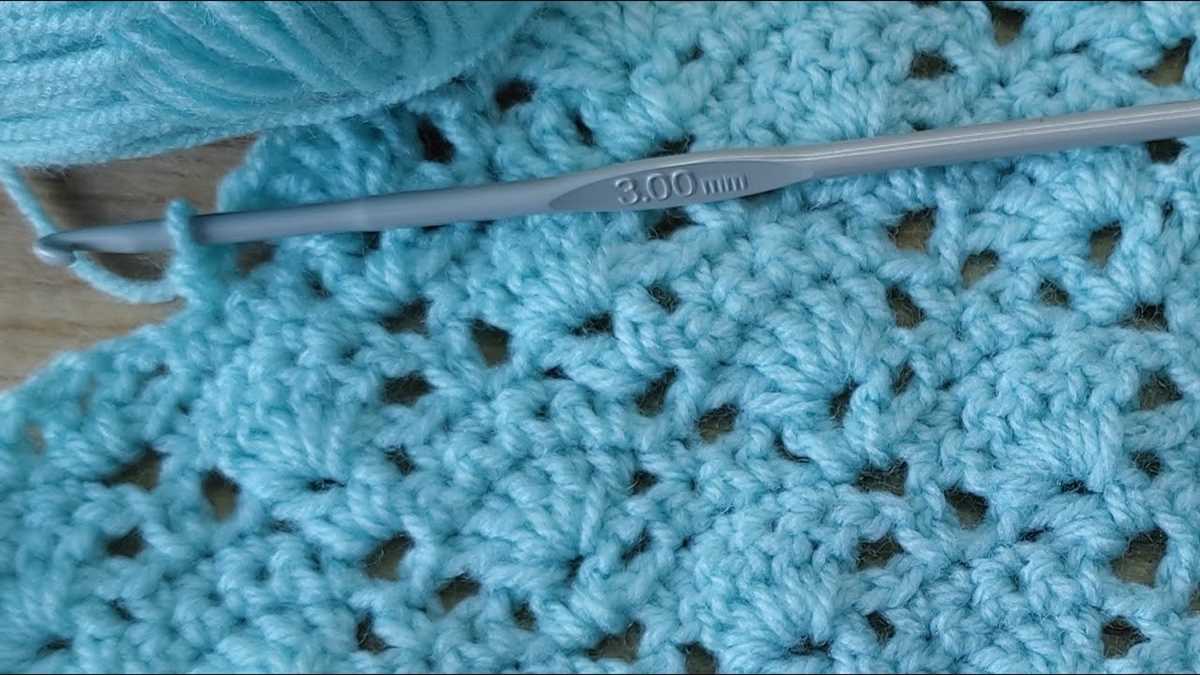
One of the most common mistakes in two-sided knitting patterns is forgetting to mark the right side and wrong side of the work. This can lead to confusion and mistakes in pattern repeat or colorwork. To avoid this, it is important to mark the right side with a stitch marker, safety pin, or piece of yarn. This will help you keep track of the pattern and prevent any errors in the design.
2. Not reading the pattern instructions carefully:
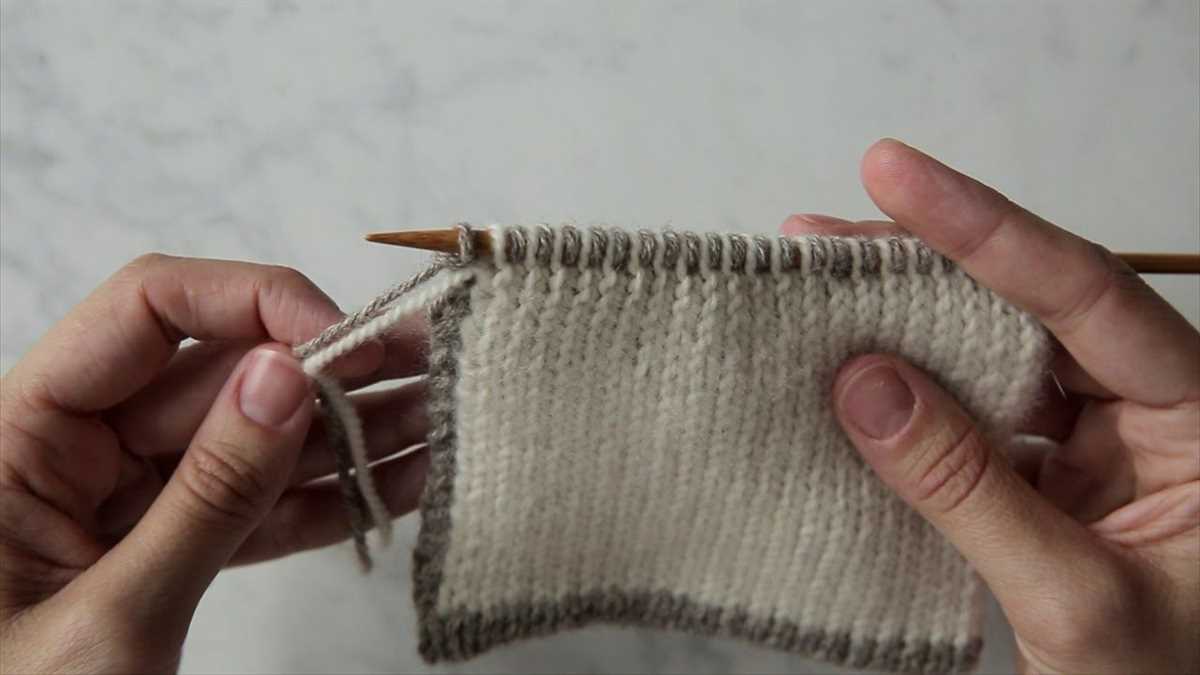
Another mistake that many knitters make is not reading the pattern instructions carefully. Two-sided knitting patterns often involve different stitches, techniques, or color changes on each side. It is important to carefully read the instructions and understand the pattern before starting. This will ensure that you are using the correct stitches and following the design correctly.
3. Tension inconsistency between sides:
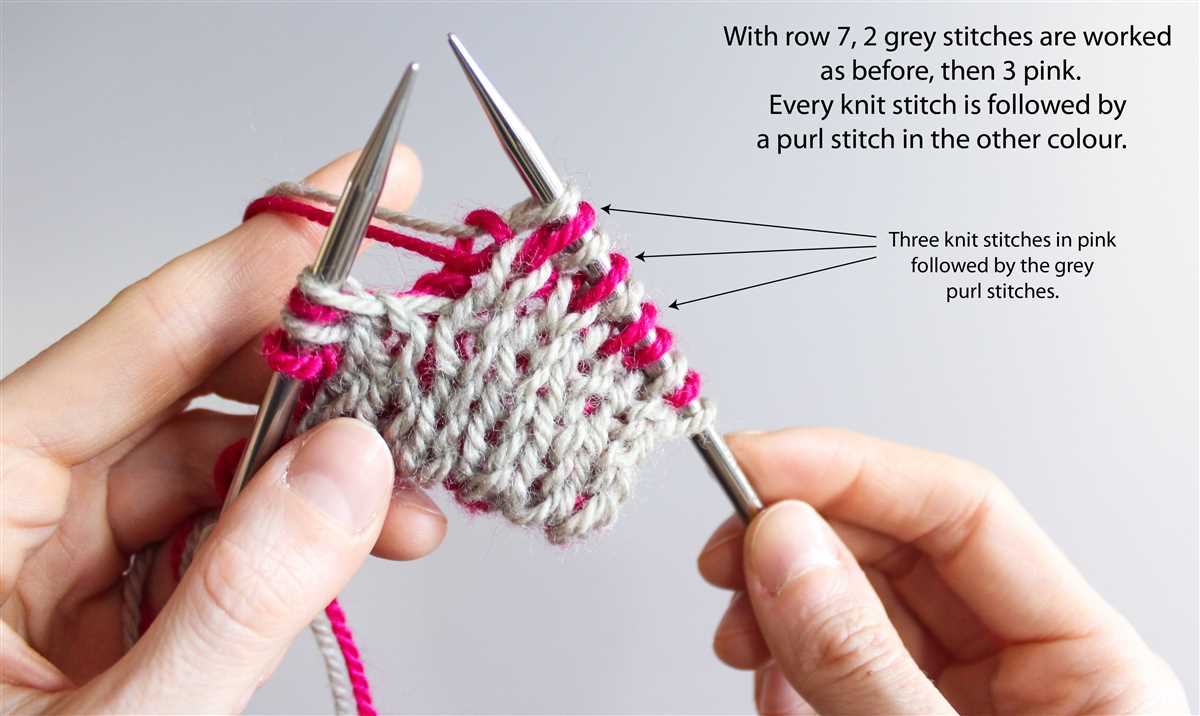
In two-sided knitting patterns, it is important to maintain consistent tension on both sides of the work. Uneven tension can result in an unbalanced or distorted fabric. To avoid this, make sure to pay attention to your tension while working on both sides. You can use a tension gauge or regularly check your tension to ensure consistency.
4. Not weaving in ends properly:
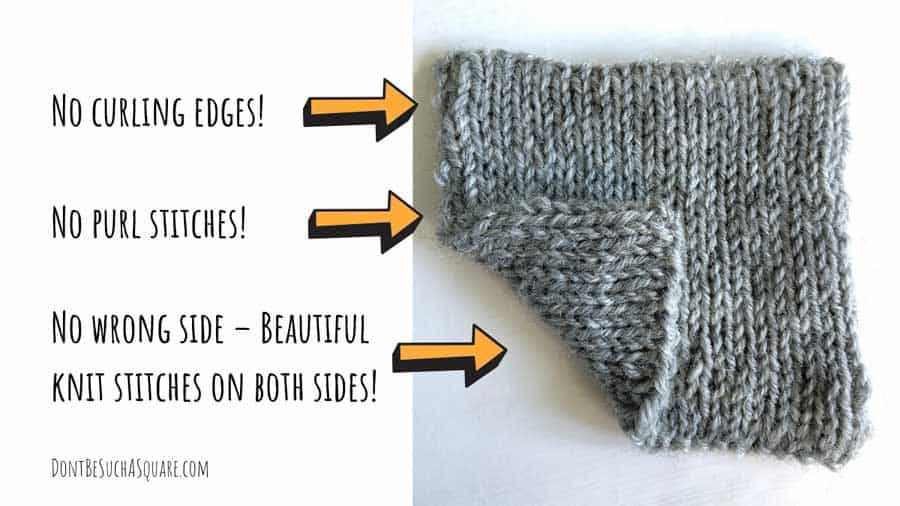
When working on two-sided knitting patterns, it is common to have multiple color changes or yarn ends to weave in. Not weaving in ends properly can lead to loose or visible ends, which can detract from the overall appearance of the finished project. To avoid this, make sure to weave in ends securely by threading the yarn through neighboring stitches and trimming any excess.
5. Neglecting blocking:
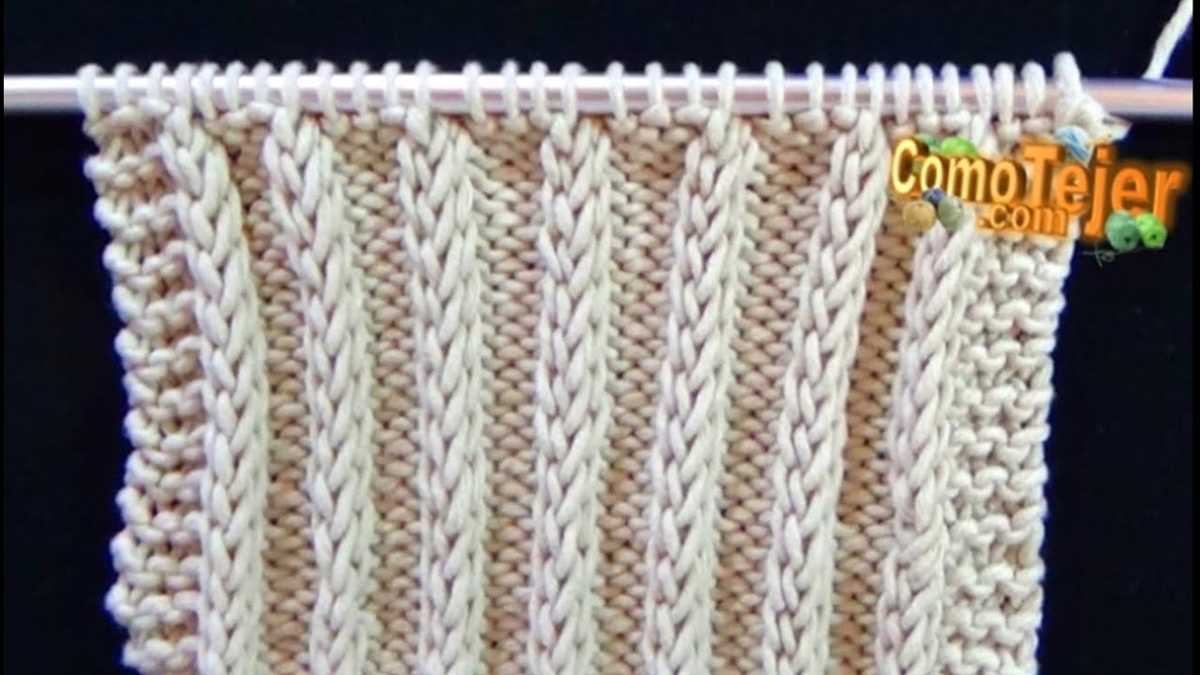
Blocking is an essential step in finishing any knitting project, and it is especially important in two-sided knitting patterns. Blocking helps even out the stitches, open up lacework, and give the fabric a polished look. Neglecting blocking can result in a project that looks unfinished or doesn’t have the desired shape or drape. Make sure to block your two-sided knitting projects to achieve the best results.
Avoiding these common mistakes in two-sided knitting patterns will help you create beautifully balanced and well-finished projects. By marking the right side, reading pattern instructions carefully, maintaining consistent tension, properly weaving in ends, and blocking your work, you will be able to achieve stunning results in your two-sided knitting projects.
Exploring Advanced Techniques for Two Sided Knitting Patterns
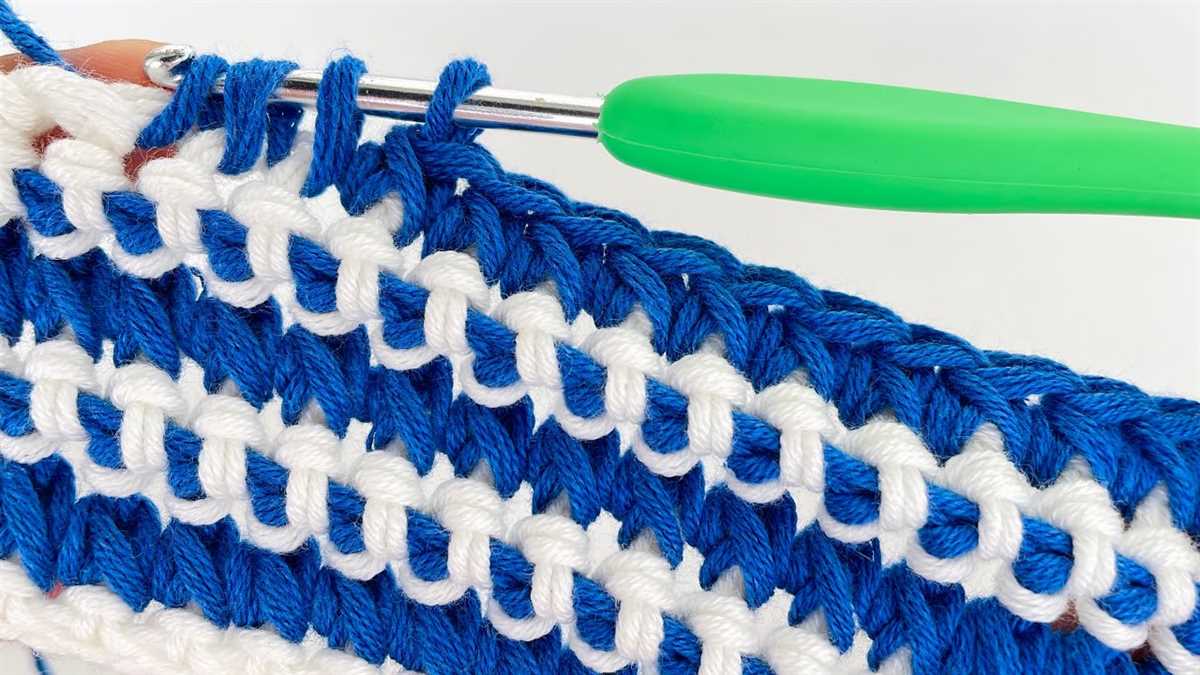
In this article, we have delved into the world of two sided knitting patterns and explored various techniques that can be used to create stunning designs. From reversible cables to colorwork and lace, there are endless possibilities for creating beautiful and versatile knitted items.
We started by discussing the basics of two sided knitting patterns, including the different types of knitting stitches that can be used. We then explored how to create reversible cables, which add texture and interest to both sides of the fabric. By working cables without a background stitch, or by reversing the direction of the cables on the wrong side, you can achieve stunning reversible designs.
Next, we looked at colorwork techniques for two sided knitting patterns. Intarsia, Fair Isle, and slip stitch colorwork can all be used to create vibrant and intricate designs that are visible on both sides of the fabric. By carefully choosing your colors and using the appropriate techniques, you can create beautiful reversible colorwork patterns.
We also explored how to incorporate lace into two sided knitting patterns. Lace patterns can be worked in a way that creates a reversible fabric, with the pattern visible on both sides. By using techniques such as double yarn overs or mirrored decreases, you can create lace patterns that are stunning from every angle.
To summarize, two sided knitting patterns offer a world of possibilities for creating versatile and beautiful designs. Whether you want to create reversible cables, colorwork, or lace, there are advanced techniques that can help you achieve stunning results. With practice and experimentation, you can take your knitting to the next level and create truly unique and breathtaking pieces.